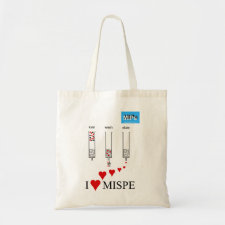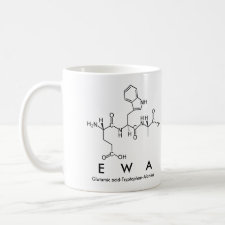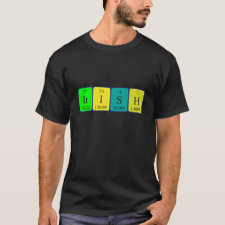
Authors: Pakade V, Cukrowska E, Darkwa J, Torto N, Chimuka L
Article Title: Selective removal of chromium (VI) from sulphates and other metal anions using an ion-imprinted polymer.
Publication date: 2011
Journal: Water SA
Volume: 37
Issue: (4)
Page numbers: 529-537.
Alternative URL: http://www.sabinet.co.za/abstracts/waters/waters_v37_n4_a11.html
Abstract: A linear copolymer was prepared from 4-vinylpyridine and styrene. An ion-imprinted polymer (IIP) specific for Cr (VI) adsorption was prepared by copolymerisation of the quaternised linear copolymer (quaternised with 1,4-chlorobutane), 2-vinylpyridine functional monomer and ethylene glycol dimethacrylate (EGDMA), as the cross-linking monomer, in the presence of 1,1'-azobis(cyclohexanecarbonitrile) as initiator. Ammonium dichromate and aqueous methanol were used as a template and porogenic solvent, respectively. Leaching of the chromate template from the polymer particles was achieved with successive stirring of the ion-imprinted polymer (IIP) particles in 4 M HNO3 solutions to obtain leached materials, which were then used for selective rebinding of Cr (VI) ions from aqueous solutions. Similarly, the non-imprinted polymer / control polymer (NIP/CP) material was also prepared under exactly the same conditions as the IIP but without the chromate anion template. Various parameters, such as solution pH, initial concentration, aqueous phase volume, sorbent dosage, contact time and leaching solution volumes, were investigated. Scanning electron microscopy (SEM), Fourier Transform Infrared (FTIR) spectroscopy, BET surface area and pore size analysis were used for the characterisation of IIP (both unleached and leached) and CP materials. Optimal parameters were as follows: solution pH, 3; contact time, 120 min; eluent, 20 ml of 0.1 M NaOH; and sorbent amount, 125 mg. Maximum retention capacity of IIP and CP was 37.58 and 25.44 mg·g-1, respectively. The extraction efficiencies of the IIP and CP were compared using a batch and SPE mode of extraction. In the absence of high concentrations of ions, especially sulphate ions, both CP and IIP demonstrated no differences in binding of Cr (VI), which was almost 100%. However, in the presence of high concentrations of sulphate ions, the selectivity on the CP completely collapsed. The study clearly demonstrates the suitably of the developed IIP for selective extraction of Cr (VI) in complex samples such as those from acid mine drainage. The selectivity was also compared by direct injection of the real-world sample, both spiked and non-spiked, into that obtained after IIP selective extraction. Despite the method's very low detection limits for direct injection (below 1 μg·l-1), no Cr (VI) was obtained. However, after IIP selective extraction, spiked Cr (VI) was detected in the spiked sample.
Template and target information: chromium ion, Cr(VI)
Author keywords: Ion-imprinted polymer, chromium (VI), acid mine drainage, selectivity



Join the Society for Molecular Imprinting

New items RSS feed
Sign-up for e-mail updates:
Choose between receiving an occasional newsletter or more frequent e-mail alerts.
Click here to go to the sign-up page.
Is your name elemental or peptidic? Enter your name and find out by clicking either of the buttons below!
Other products you may like:
 MIPdatabase
MIPdatabase









